Flowers that eat insects, types, names and photos of insectivorous plants

The fact that people, animals and insects use all parts of plants as food is not at all surprising to us.
Moreover, people have adapted to grow the most “delicious” plants industrially in order to provide themselves with valuable food products, and the most beautiful ones so that they can be admired to their heart’s content.
But if we talk about the fact that there are flowers that eat insects, it becomes a little uneasy, and science fiction novels and horror films come to mind.
Of course, in reality, predatory flowers are not so scary, but they feed with great pleasure on mosquitoes, flies, spiders, and frogs and mice can also become their victims
Content:
- Typical representatives of insectivorous plants
- Mechanisms and types of traps
- Where are green predators common?
- Flowers that eat insects, names and photos
- Venus flytrap: features of care at home
- Where to buy flowers that eat insects
Typical representatives of insectivorous plants
If you look at a biology textbook, you will find out that there are not so few predators among the representatives of the flora: 19 families of predators are represented by approximately 630 species.
Predatory plant species have adapted to obtain, when digesting their victims, the nitrogenous compounds needed for their life activity, i.e. were able to reduce the proportion of inorganic soil nitrogen required for protein synthesis.
The need for such changes was due to the poor soil conditions in the places where they grow.
Insectivores are mostly herbaceous perennials; they are found in different countries. For example, in the countries of the former USSR, 18 species of such plants are observed, they belong to the families of Bladderweed and Rosyankov.
Among the green predators there are also small subshrubs and shrubs.
The largest among them is the giant biblis; it hunts not only snails and frogs, but even small lizards.
Nepenthes vines have an interesting behavior; they attract mammals with their smell; they need such close proximity: they use animal excrement as fertilizer.

The subshrub Rosolist can be found in the Pyrenees and northern regions of Africa. The local population has adapted to use it instead of Velcro to catch flies inside houses.
Carnivores have learned to extract phosphorus, potassium, and other microelements from the remains of digested animals and insects, which are often insufficient in the soils where they grow.
To capture potential victims, predatory plants have specially adapted trapping organs, often modified leaves. Bright colors, aroma, and sweet secretions are designed to attract insects.
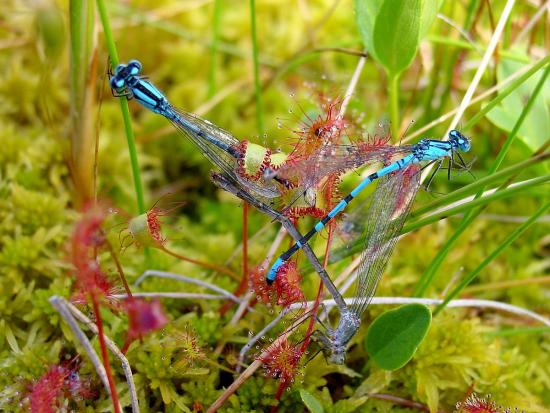
To digest prey, the leaves secrete organic acids and pepsin, which serve as digestive enzymes. The leaves also absorb the products formed as a result of the digestive process, mainly amino acids.
The root system of predatory representatives of the flora is poorly developed, however, all species, if necessary, can exist by obtaining nutrition from water or soil.
Food of animal origin is like an additional source of energy and accelerates the processes of growth and development, bud formation and flowering.
Even more useful information about green predators is in the video:
Mechanisms and types of traps
Predatory plants, depending on their hunting organs, are divided into groups:
- with moving trapping organs, such as flycatchers and sundews;
- passively trapping, using sticky secretions on the leaves, such as butterwort, which have pitcher-shaped trapping organs, nepenthes, bladderwort
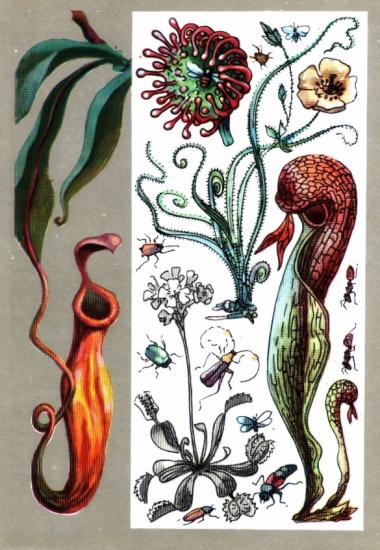
According to the classification of biologists, traps can be:
- sticky;
- sucking;
- pitcher-shaped leaves;
- closing leaves with the structure of a trap;
- traps similar to crab claws.
The relationship between the type of trap and the predator’s belonging to any family is not monitored.
Where are green predators common?
The distribution range of insectivores is quite wide, and can be found in different ecosystems in which flowers can grow, from the tropics to the Arctic zone, in wetlands and deserts, and in the alpine mountain belt. They are more common in countries with warm, tropical climates.
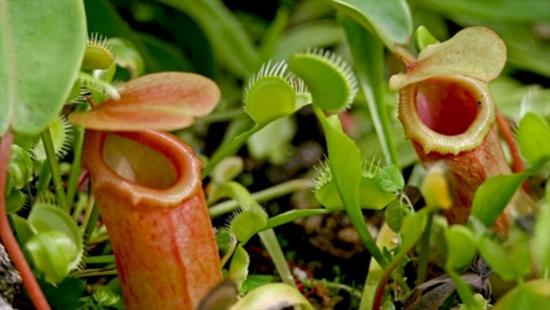
On the territory of Russia there are:
- sundews of two types;
- water bladder Aldrovanda;
- representatives of butterworts;
- several varieties of pemphigus.
Flowers that eat insects, names and photos
Now it’s time to find out the names of these unusual representatives of the green world.
Sarracenia
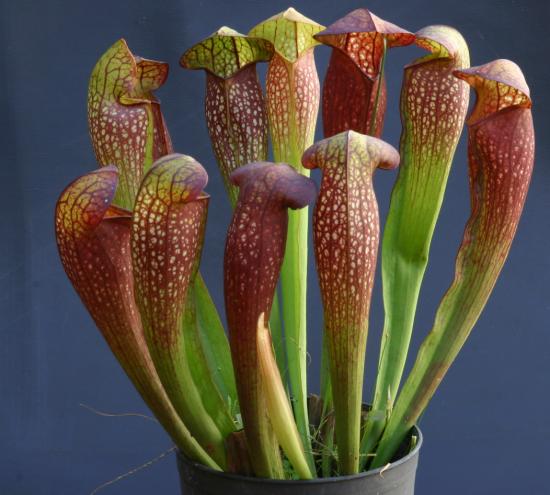
Found on the American continent. Trap leaves look like hooded pitchers. The hood protects the jug from water so that the gastric juice does not lose concentration!
Insects are attracted by the smell and color, nectar-like secretions along the edges of the jug.Sliding along the surface of the bowl, insects fall to its bottom, where they are successfully digested with the help of protease and other enzymes.
Nepenthes
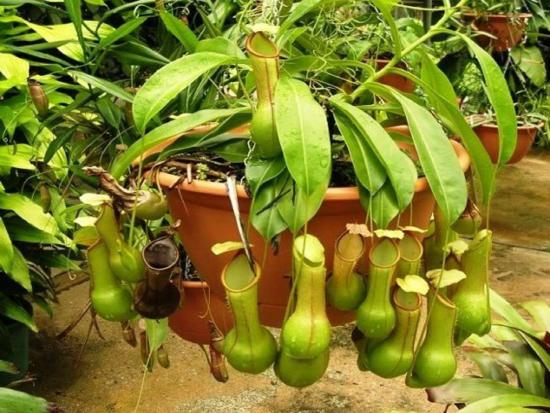
Its natural habitat is the tropics; the water lily is also a trapping organ. Another name for the plant is monkey cup. Most representatives of this genus are long vines with a small root system. Pitchers form on the stems, at the ends of the tendrils.
The trap contains a sticky liquid; insects that fall into the jug drown in it. At the bottom of the trap there are special glands that absorb and distribute nutrients.
Small representatives of the species hunt insects, while larger ones can catch small mammals, rats and mice.
Darlingtonia californica
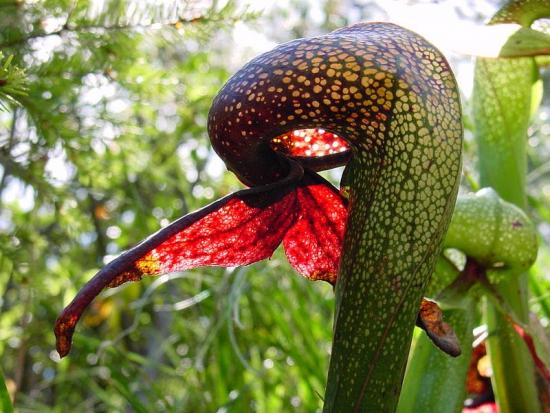
The plant is considered rare and can only be found in Oregon and Northern California. Habitat: springs with running water and swamps.
Darlingtonia leaves look like a bulb, forming a cavity with a hole, two leaves form something like a swollen ball, the other two leaves look like hanging fangs. The inside of the trap is lined with small hairs; insects caught on them cannot get back out.
Sundew (Drosera)
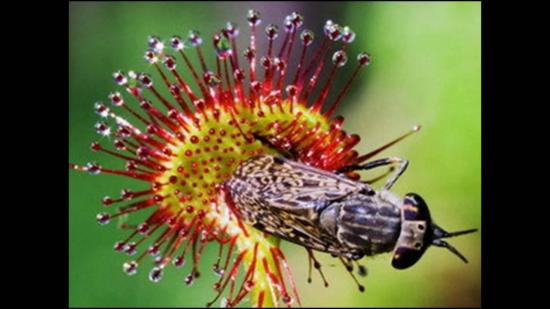
It is a true long-liver; the plant can exist for about 50 years. The genus has the largest number of representatives among all known carnivorous plants and is distributed on all continents, with the exception of Antarctica.
The plant has glandular tentacles that secrete a sweetened liquid. After hitting the tentacles of a potential victim, the plant, with other tentacles, begins to drive it into the trap. Insects are digested very quickly, the nutrients are immediately consumed for the further development of the plant.
Pemphigus (Utricularia)

The genus is represented by 220 species of green predators. Pemphigus is quite widespread, except in Antarctica.
The trap of plants of this species is bubbly, in some it is so small that only protozoa can be caught in it, while other representatives of the genus hunt tadpoles and water fleas.
The pressure in bubble traps is significantly lower than in their surrounding environment; when the hole is open, insects are sucked into the trap along with water, and the valve closes in thousandths of a second.
Butterwort (Pinguicula)
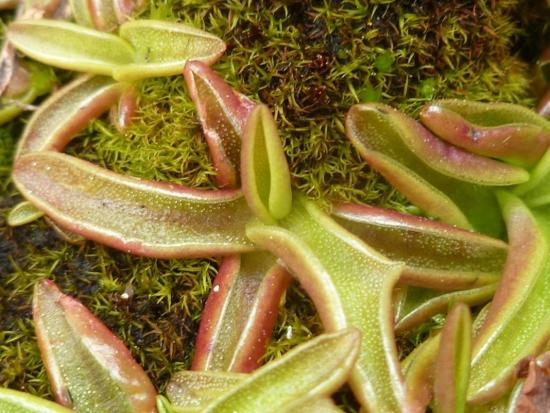
The butterwort uses sticky leaves as bait; they catch insects and digest them. Insects are a very valuable source of minerals because... The soil where butterworts grow is very poor in them.
The color of butterwort leaves is pink or bright green. On their upper side there are 2 types of cells, one of them, the pedicel gland, produces mucus that acts like Velcro. Another type of cell produces digestive enzymes.
Some species of butterworts are capable of hunting insects only in the warm season; in winter they form a dense, non-carnivorous rosette.
Genlisey
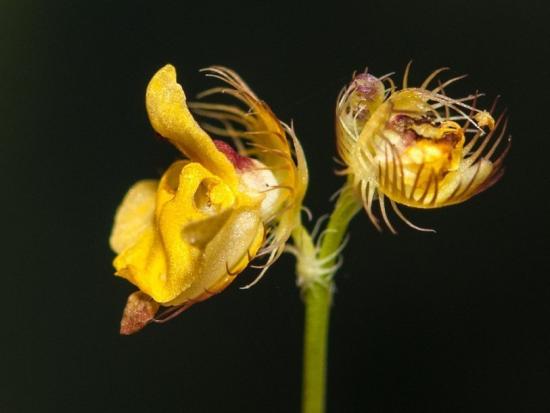
There are 21 known representatives of this species, all of which grow in semi-aquatic environments in Africa and South America. It looks like a small herb with yellow flowers. The trap looks like a crab claw. The capture of caught insects occurs with the help of hairs growing forward in a spiral.
The plant has two types of leaves, one is terrestrial, these leaves are involved in photosynthesis. The underground leaves serve as roots and also attract and poison captured protozoa.The underground leaves are hollow, look like spiral tubes, microorganisms enter them along with the flow of water, but cannot come back out, because... Along the way, the process of digesting them will begin.
Byblis
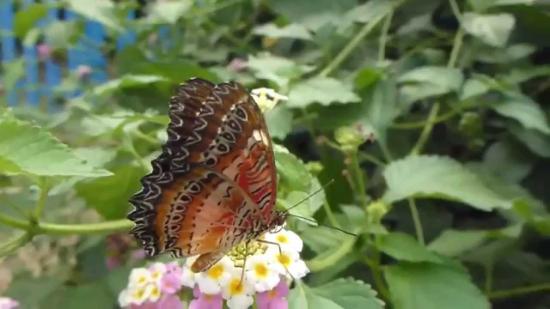
This predator is also called rainbow, because of the bright mucus covering the leaves. those in the sun. In appearance, byblis are similar to sundews, but they are not related to them; the difference is a zygomorphic flower with five stamens.
Byblis sheets are conical, elongated, with a round cross-section. The surface is fleecy and sticky from secreted secretions and does an excellent job of catching insects.
Aldrovanda vesiculosa
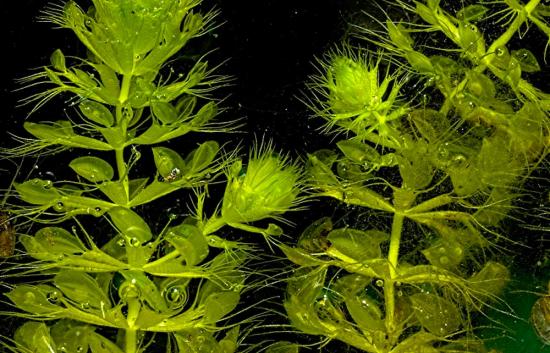
It has no roots, it consists of fragments of stems that float freely in the input. They feed on small vertebrates that live in water. Leaves, which are traps, grow in the middle of the stem.
Aldrovanda grows very quickly, the stem can lengthen by about 1 cm per day, and trap leaves can form daily. On one side the stem grows quickly, but on the other it dies just as quickly.
The trapping organ consists of two lobes that can slam shut like a trap.
Venus flytrap: features of care at home
And now it’s the turn of the most famous of the predators, the Venus flytrap. The flycatcher's menu consists of insects and small spiders; it is small in size. Consists of a short stem and several aboveground leaves.
Their plates are divided into lobes that form a trap. Mucus is secreted along the edges of the traps; the pigment contained in their inner part provides a red tint to the leaf.
During hunting, the lobes of the leaves instantly slam shut; the reason for this action is irritation of the sensory hairs.The intelligence of the green predator allows it to distinguish the nature of the stimulus; inanimate stimuli do not cause the proper reaction.

When the leaves close, the very hard cilia that frame them close. They are the ones who hold the prey. The closed valves create some semblance of a stomach, where the digestive process takes place.
Many lovers of home flowers dream of acquiring this beautiful predator in order to destroy insects in the apartment.
Note that pursuing such goals is generally not rational. The plant does not feed every day; in addition, only live insects can arouse its interest; you cannot feed killed ones to your pet.
At the same time, proper care of a Venus flytrap is a very troublesome task. In particular: special requirements for the soil, its content of nitrogenous substances, and moisture. The life of such a plant at home is sometimes not very long.
Learn more about caring for a Venus flytrap in the video:
Where to buy flowers that eat insects
Acquiring predatory flowers is not a particular problem. They are offered in the form of shoots by amateur flower growers, and in the form of mature plants by some online floristry stores.
In the wild, namely in North America, the Venus flytrap is quite widespread. But local biologists are sounding the alarm; numerous poachers are destroying green spaces, offering plants to exotic lovers.
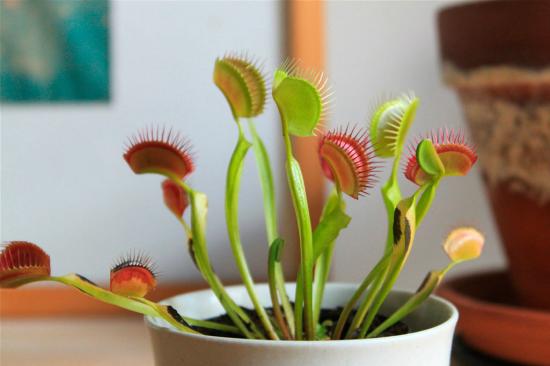
To stop the process of mass destruction of plants, the police mark wild Venus flytraps with eco-friendly paint; these paints glow in ultraviolet rays and the police quickly manage to identify illegally sold specimens; it is officially allowed to sell only plants from nurseries and home greenhouses.
Flowers that eat insects are not poisonous; if you wish, you can keep them in the house. Observing such plants is undoubtedly very interesting.
But when buying such a flower, you should understand that it requires special care, and in addition, problems with its nutrition may arise.

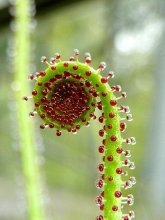
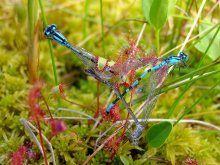
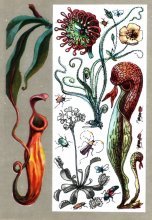
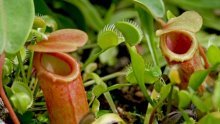
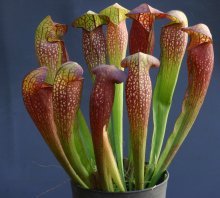


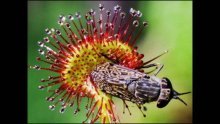
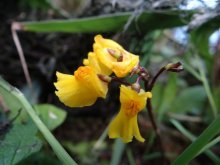
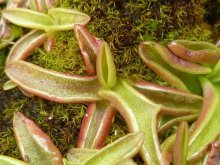
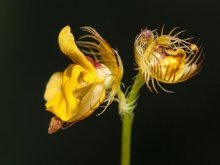
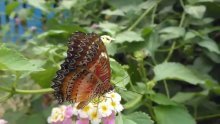
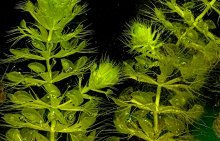
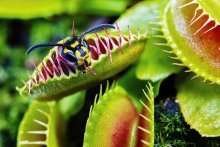
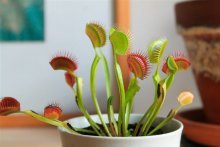
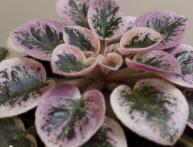
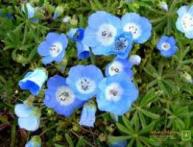
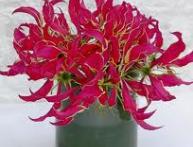
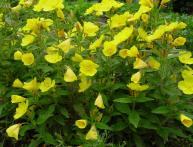

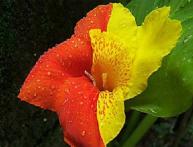
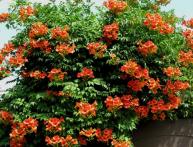
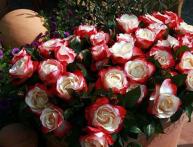
Comments
It seems to me that such plants need special care, then if they feed on insects, then if they do not receive such food, if I understand correctly, they can die. Beautiful, but not for us.
A very bizarre and effective solution of evolution, in conditions when insects become a danger to the survival of a plant species, they not only try to scare them away, but also simply an enemy into their diet.
What dangerous plants, it’s good that at least there are no larger species among them, otherwise it would be scary to enter a forest somewhere in Thailand, or even Georgia. On the other hand, there are a lot of insects and if no one eats them, they will completely fill the air above the ground.
We live and do not see these invisible processes occurring in nature. But this is interesting. It's good that someone is noticing this. And it would be nice if we had plants that would eat all the mosquitoes. )